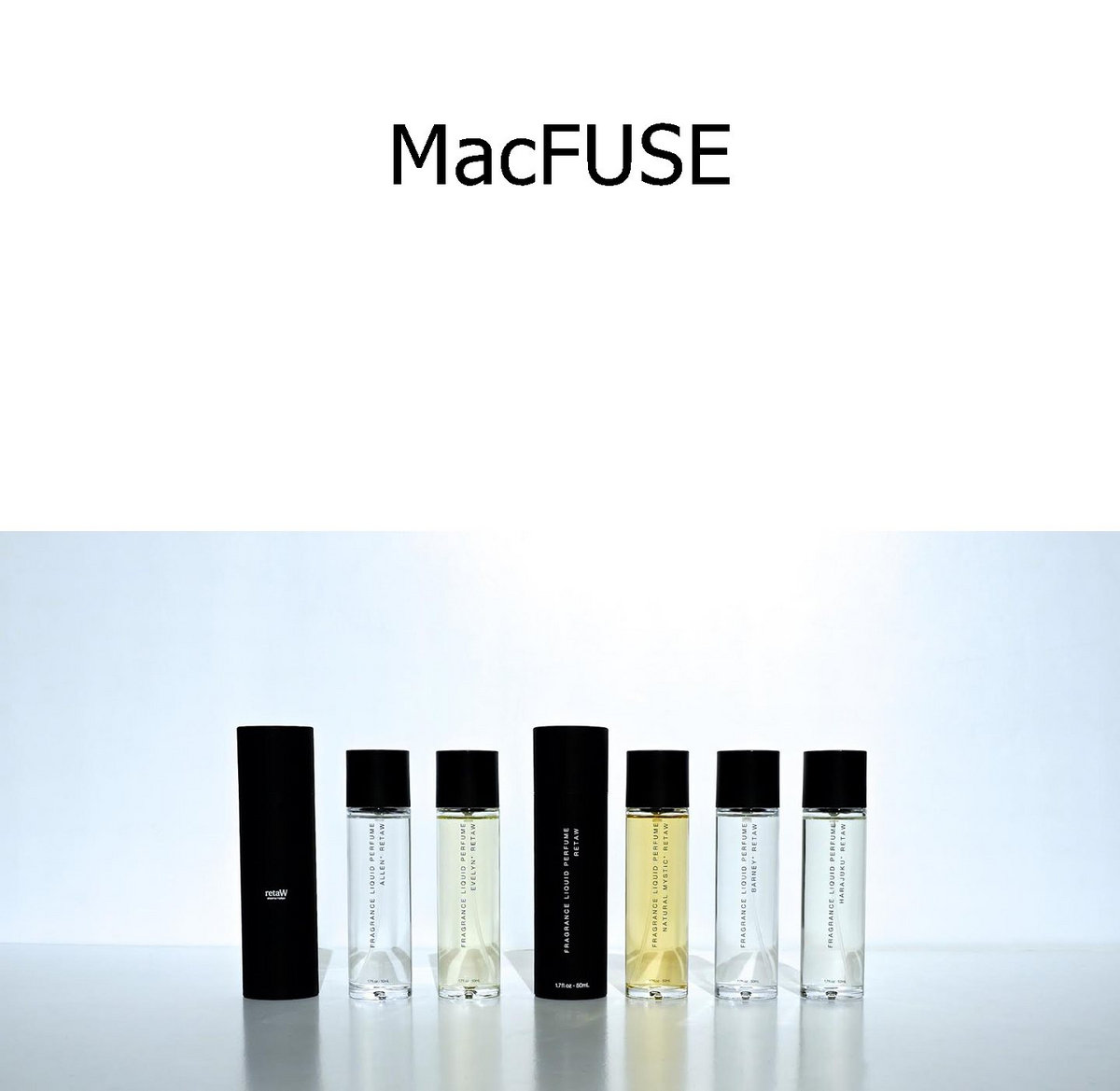

- #Macfuse core mac os x
- #Macfuse core mac os
- #Macfuse core install
- #Macfuse core software
- #Macfuse core code
#Macfuse core mac os
If you still can't build it, please file an issue. Im running MC 3.1.2 on a Mac OS 10.5.5 2.4Ghz Intel Core 2 Duo MacBook Pro with 4Gb 667 Mhz DDR Sdram. I've devised a workaround for this, and it works on Intel Big Sur with Homebrew installed in a non-standard location, but I don't have an M1 Mac, so I can't test it for real.
#Macfuse core code
Homebrew currently filters out /usr/local entirely during M1-based builds. MacFUSE Core comprised of the kernel module, user-space support files, and header files needed for building additional modules is available in both binary and source code formats (binary is recommended compiling from source requires Apple’s Xcode Tools, available free from the Apple Developer Connection site).

The package 'OSXFUSE Core' includes the kernel extension. MacFUSE 2.1.9 can be obtained from Tuxera. OSXFUSE is based on Tuxeras MacFUSE 2.1.9 release, that has proven to be reasonably stable. OSXFUSE 2.3.0 is a beta release and may contain bugs. Plug in your NTFS formatted USB hard drive or connect to your Windows share or user or however you plan to use the NTFS volume, and enjoy the read and write access. This is the first public release of OSXFUSE, a successor to MacFUSE.
#Macfuse core install
#Macfuse core software
Why is the XYZ program installed as XYZ-mac?īrew info gromgit/fuse/XYZ-mac and read the Caveats section. This tap exists to support macOS FUSE-related software that have been dropped from Homebrew core. To avoid a naming conflict with the formula called XYZ that still exists in Homebrew core. I might not have gotten around to updating it yet.If you know of a revived fork of such software, file an issue with the details and I'll see what can be done. Current XYZ requires libfuse v3, so I found and bottled the last version that requires libfuse v2.I might not have gotten around to getting it up.All available versions of XYZ require version 3 of the libfuse API, but macFUSE only supports v2.

If you can't find it under its new name, possible reasons include: For example, it appears that the MacFuse is the correct package name instead of Fuse or OSXFuse, but several of the guides still reference the older names. I have read install guides at several websites, but the syntax of various terminal commands has changed resulting in repeated failure. It's probably available, but with a -mac suffix to avoid name clashes with Homebrew core (e.g. I am trying to mount for Read/Write a NTFS Volume. Documentationīrew help, man brew or check Homebrew's documentation. Please look for the uninstall script within the fusefs.fs/ directory itself.Note the -mac suffix to the formula name. If the file system bundle in your MacFUSE installation doesn't have a Support subdirectory, that means you have an incredibly ancient version of MacFUSE. Sudo /Library/Filesystems/fusefs.fs/Support/uninstall-macfuse-core.sh
#Macfuse core mac os x
To uninstall MacFUSE on Mac OS X 10.5.x and above, you would run: Sudo /System/Library/Filesystems/fusefs.fs/Support/uninstall-macfuse-core.sh The bundle itself resides in /System/Library/Filesystems/ on Mac OS X 10.4.x and in /Library/Filesystems/ on Mac OS X 10.5.x.įor example, to uninstall MacFUSE on Mac OS X 10.4.x, you would run the following command in the Terminal: Run the uninstall-macfuse-core.sh script that resides in the Support subdirectory of the MacFUSE file system bundle. If you have an older version of MacFUSE, you can uninstall as follows.Ĭan I just do what it says for 10.5? i see the file where it says it is. alerts (if any) in MacFUSE Core -o noappledouble ignore Apple Double (. Note that an official (correct) MacFUSE installation will have a preference pane if you have MacFUSE 2.0 or later installed. archivemount is known to work under both linux and Mac OS X (via MacFUSE). To remove it, you should uncheck the button before you remove the prefpane as described above. Only if you had the "Show Beta Versions" button checked in the MacFUSE prefpane, you'll have a property list (plist) file remaining at this point: /Library/Preferences/. If you do wish to remove it, you do it just like how you would remove any other non-Apple preference pane: In System Preferences, control-click (right-click) on the MacFUSE icon and you will see "Remove. You can keep the MacFUSE preference pane around should you decide to install MacFUSE again in the future. This will uninstall all MacFUSE components except the preference pane itself. A: Launch the Mac OS X System Preferences application and go to the MacFUSE preference pane.


 0 kommentar(er)
0 kommentar(er)
